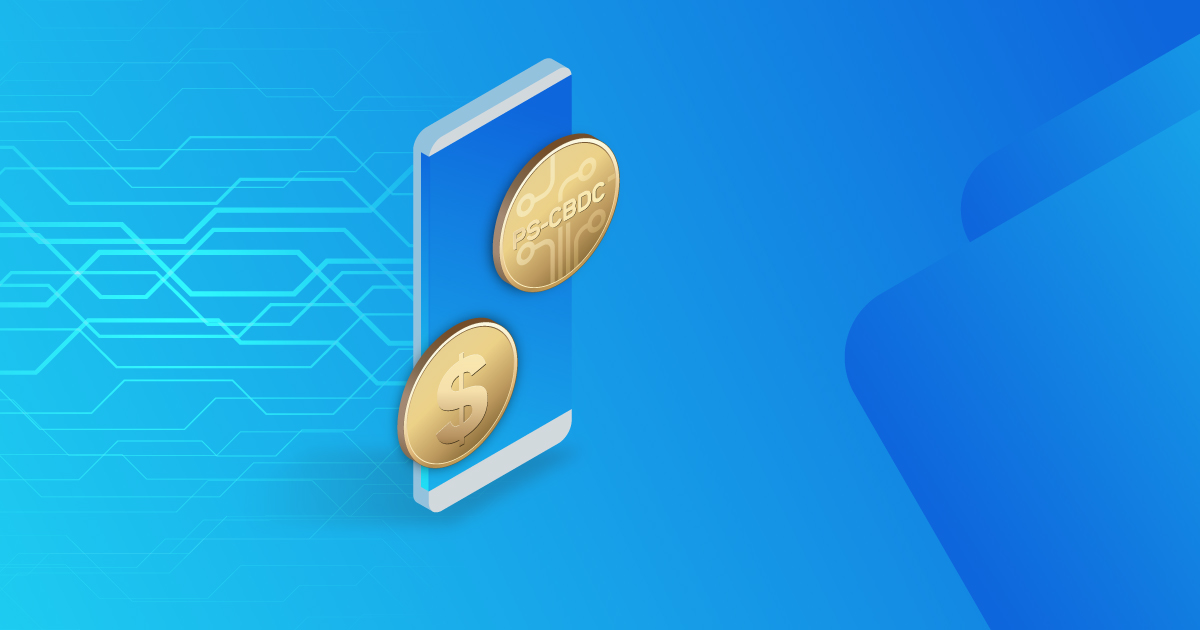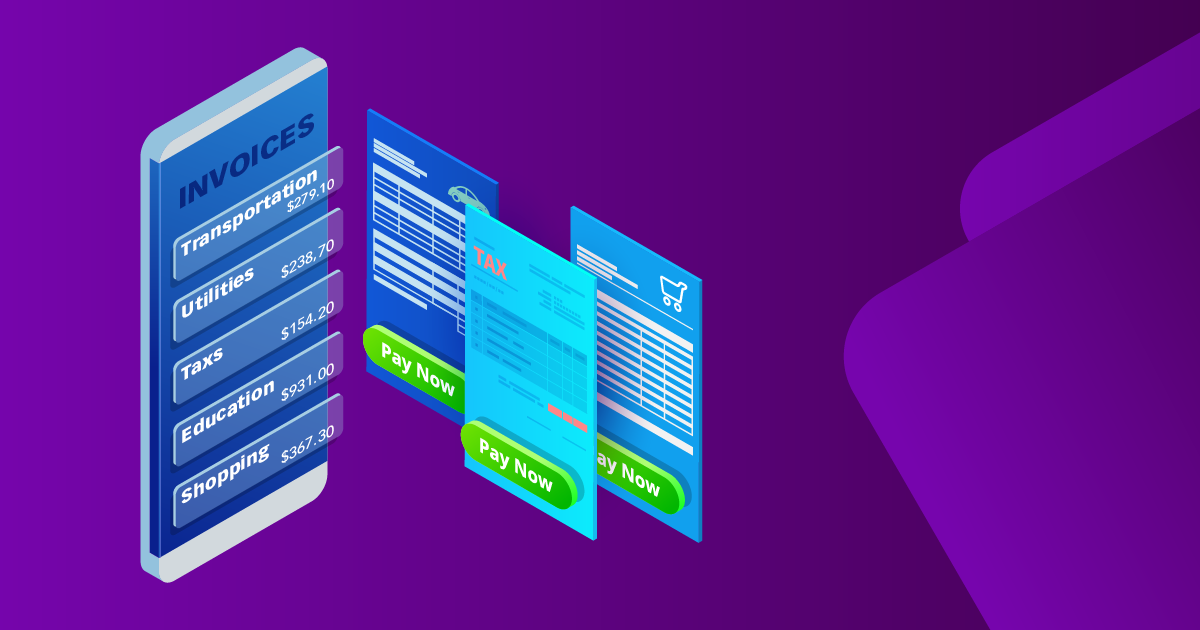
September 4, 2022
Mobile Payments Vs. DLT-Based Retail CBDCs

It comes as no surprise that most people are questioning the difference between mobile payments and CBDCs. After all, they’re both electronic versions of money, so what’s the big deal? As it turns out, there is a huge difference, and it is a big deal. Lucky for you, here is all what you need to know summarized in a table.
| Feature | Mobile Payment | DLT-Based Retail CBDC | Serves (Individuals/banks/central bank) |
|---|---|---|---|
| Data distribution | Information stored in a centralized database | Blockchain & distributed ledger technology | |
| Cost of transaction | Higher due to intermediary, cash in/out costs, and cost of handling money (logistics, security, etc.) | No transaction cost by design. Zero to minimal cost of cash management and interbank settlement | |
| Criminal activities | At higher risk | Lower risk since CBDC is based on blockchain and distributed ledger technology | |
| Wholesale/Retail | Retail only | Both | |
| Storage | Always stored at financial institution’s digital wallet |
If CBDC is one-tier- then it is stored at the central bank. If CBDC is two-tier- then the commercial bank act as an intermediary and manages wallets |
|
| Clearing | Happens at clearing unit | Money is immediately transferred. No clearing process and immediate settlement | |
| Security | Money stored at the financial institution | Higher security since CBDC is stored at the central bank, therefore lower risk of losing money | |
| Transaction communication | Information is shared between parties involved (sender + receiver), making it difficult to track | Information shared to authorized nodes in the network - increases security, speed, and ease of tracking | |
| Monopolies | Financial institutions control the wallets and accounts | Can be prevented since the entire system is controlled by the central bank | |
| Structure | Account-based wallet | Consists of account-based wallets or tokens which is the equivalent of cash | |
| Third-party intervention | Need to have financial institutions as middlemen | Commercial banks can be an intermediary in indirect/hybrid CBDC, but individuals can also register directly with the central bank (direct CBDC model) | |
| Smart contracts | Not applicable | Applicable | |
| Back-end system | Debit and credit between two people | Component of monetary base + direct liability of the central bank | |
| Monitoring | If there is a switch in the country, then the central bank can monitor the entire system | The central bank can have a full overview of the economy’s financial situation and spot tax evaders | |
| Financial inclusion | Is promoted but with some barriers | Greater promotion of financial inclusion as CBDC is a direct liability of the central bank and is designed to be accessible and accepted by everyone | |
| Trust | End-users trust financial institutions for the safekeeping of the money | End-users place their trust in the central bank for the safekeeping of their money since CBDC is issued and endorsed by the central bank |
Now that you explored the basics, you may also be interested in The Big Differences Between CBDC and Mobile Money.









